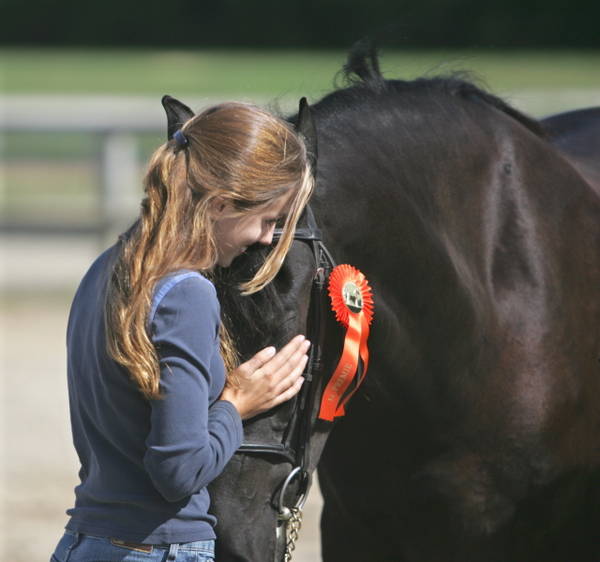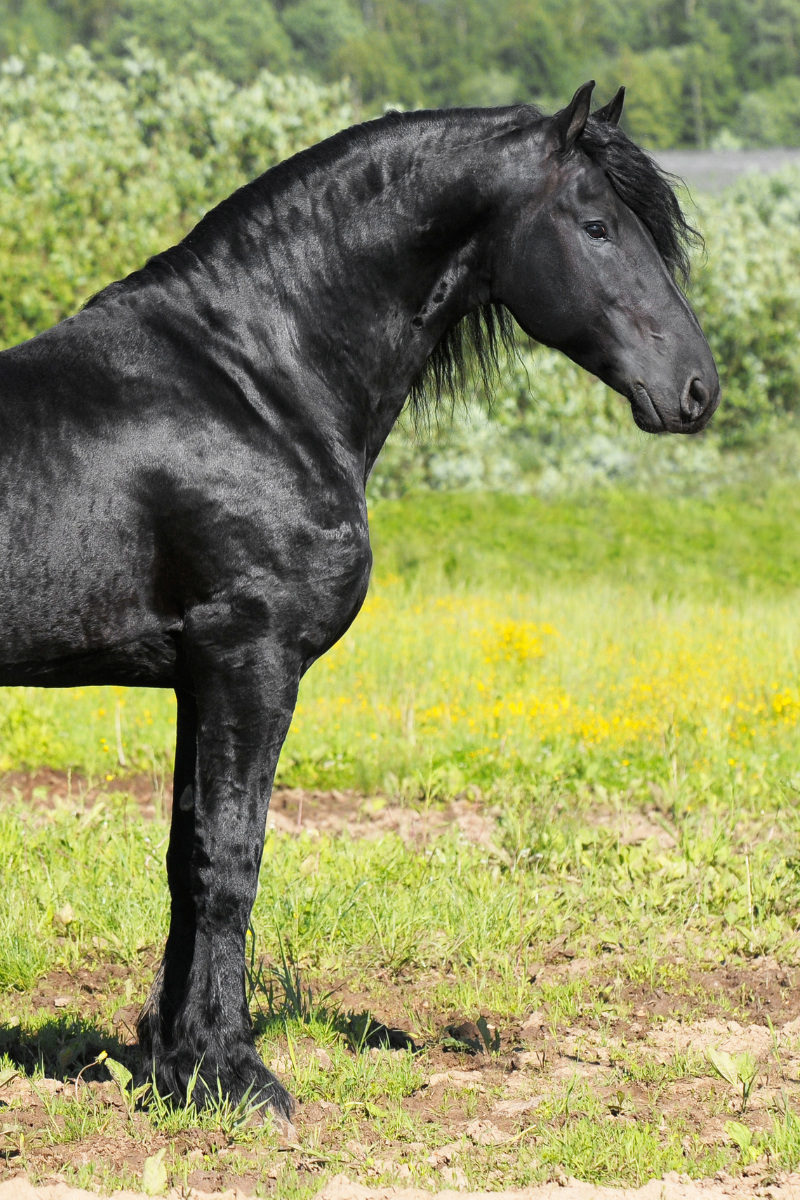If you are looking to breed your Friesian mare, then you know many factors to consider. It may seem overwhelming, but luckily there are resources to help you. The KFPS is an international studbook for the Friesian horse.
Considerations for Breeding Your Mare
The first thing to think about when breeding your mare is her pedigree. Ideally, the mare should be in the main Studbook. If not, the rest of her bloodline should preferably be in the main Studbook.
Next, you must consider what characteristics you want your mare to pass down to your foal. What is your mare lacking? Look for some of those qualities in a stallion.
What is an inbreeding coefficient?
You also need to consider the inbreeding coefficient. All Friesians have an inbreeding coefficient. This is the percentage of how much their sire and dam are related.
Inbreeding coefficients are shown on all Friesians’ paperwork born after 1988. A low inbreeding coefficient means that a foal has few common ancestors. This means that the chance of genetic defects is low.
According to the KFPS, the inbreeding coefficient should be less than 5%. Ideally, it’s less than 2%. However, anything less than 12% is acceptable. More and more, Friesians are being bred with a 0% inbreeding coefficient.
In a foal pedigree, no one name should appear more than once within the first three generations: the parents, grandparents, and great-grandparents.
Inbreeding Coefficient Forecasts
You can access the inbreeding co-efficient forecast if you have a Gold membership with the KFPS. This calculates the inbreeding percentage for foals resulting from a particular mare and stallion.
Another important factor to consider is the foal’s kinship. The kinship percentage is any horse’s relationship to the entire Friesian breed.
Using the Linear Score Sheet
Judges use the linear score sheet at the Keuring to assess how a Friesian compares to the breed standard. It’s also used to collect data for the Studbook to evaluate the success or failure of a breeding pair. In total, the score sheet uses 25 criteria. Each Freisian is also judged on its racial type, frame, walk, trot, feet, and legs.
How to Run an Inbreeding Coefficient
Understanding how inbreeding coefficients work can feel overwhelming. But luckily, the KFPS website provides various tools to help make the right decision. You can look up your mare’s breeding values and movement characteristics in your MyKFPS account.
From there, you can choose three to four characteristics for which your mare needs compensation. Now, you can choose stallions with favorable bloodlines for the selected characteristics.
For example, if you want to improve specific breed characteristics, you can enter >= 104 for those specific breeding values and hit the search button. A list of stallions that are suitable for your mare will appear.
From there, you’ll want to ensure that the specific pairings do not lead to an inbreeding percentage that is too high. To do this, search for your mare on the KFPS registry to be sure that the inbreeding percentage is under 5%.
This calculation also gives the kinship percentage of that particular mare and stallion. When considering this aspect, the lower the kinship, the better.
Figuring out how to use inbreeding coefficients can feel overwhelming. But now that you have a solid understanding of how to utilize this tool, you can find your mare the perfect breeding match.

I’ve been around horses my entire life, but my Friesian journey started just over 20 years ago. Our horses have always been a part of our family. They have traveled with us as we relocated from Vermont to New York to Iowa and finally, to Arizona. I can’t wait to share our story with you!
Related
Sep 9, 2022
Inbreeding Coefficients Explained

Leave a Reply Cancel reply
@starlitridgefriesiansandfells
LET'S BE FRIENDS ON INSTAGRAM